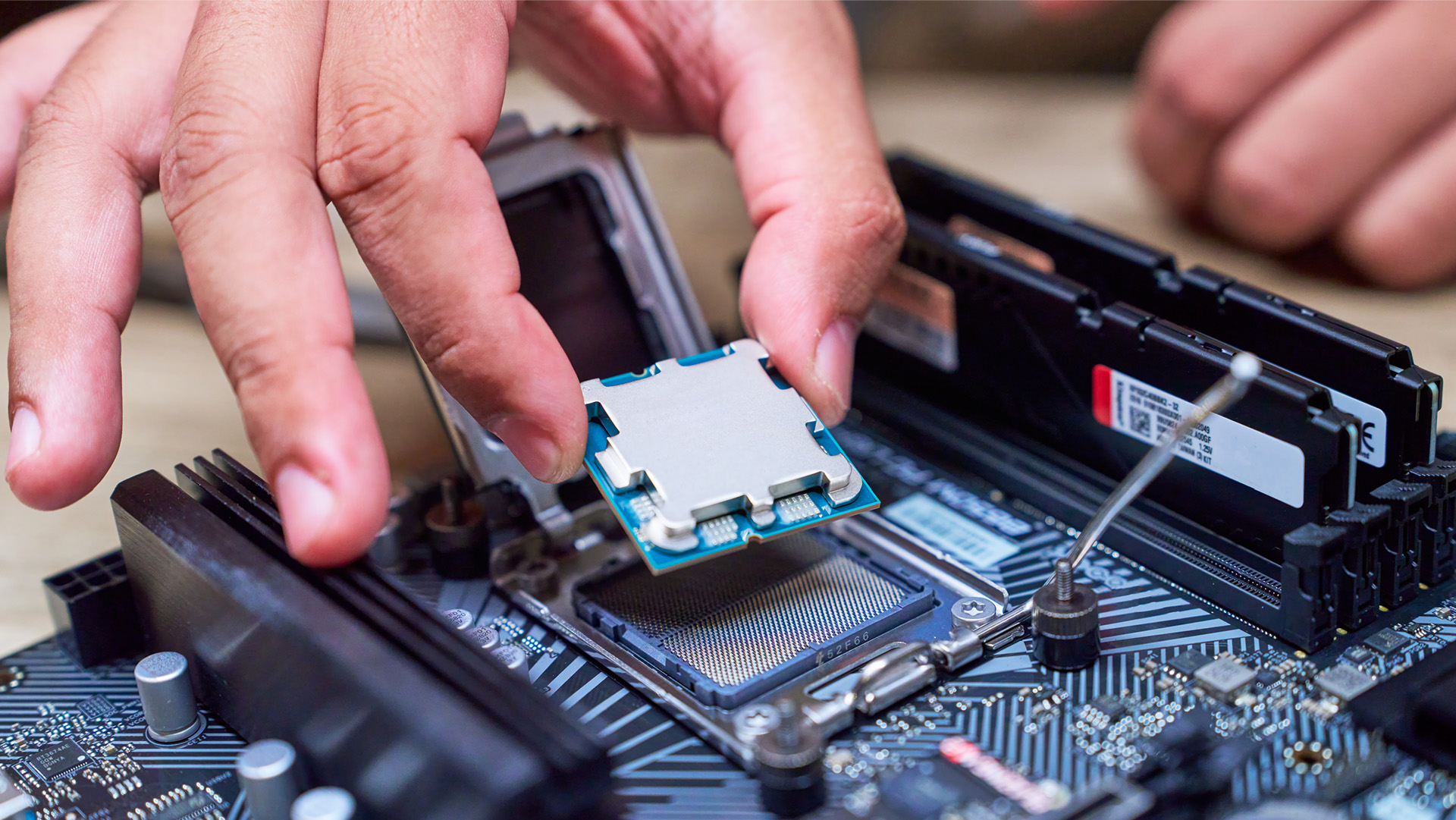My fascination with computers began before I even knew what the word “career” meant. I was around six years old when my family moved to Puerto Rico for my dad’s work. Among the endless moving boxes, one in particular grabbed my attention. It contained the family computer.
A Childhood Spark for Computers
I recall that we didn’t just set it on the desk and plug it in. For some reason, my dad opened the case first. Inside, I saw a maze of wires, circuit boards, cards covered in dip packages, and strange little chips nestled in their sockets. I was mesmerized. I didn’t understand what any of it did, but I knew it had to be important for everything to work. When it came time to connect the peripherals, I was the one who got to do it. And when the screen finally flickered to life, I was beaming because I felt like I did something amazing.
Years later, when it came time to choose a career, computers were still on my mind. I was already “the IT person” for friends and family, but basic troubleshooting didn’t challenge me the way I craved. I considered digital art (another creative outlet I enjoyed), but ultimately, programming won me over. It sat perfectly at the crossroads of creativity and structure, demanding both problem-solving and imagination.
Discovering What Clicks
When I started my Software Engineering degree, my programming experience was minimal, but I was drawn in by the algorithms and the logic behind them. As I worked through my courses, I discovered what I loved and what I didn’t. Embedded systems and robotics captured my imagination with their precision and low-level control. I enjoyed the elegance of optimizing hardware performance. On the other hand, web development, with its messy mix of standards and frameworks, left me uninspired.
Near the end of my degree, large language models and machine learning started making waves. Diving into the mathematics and logic behind them felt like uncovering a perfectly engineered puzzle. I could see exactly why they worked, and that clarity fueled my excitement. By then, I knew exactly the kind of work I wanted.
The summer before my final semester, I began job hunting. My early efforts went nowhere, which was discouraging. But once the fall semester began, my university hosted career fairs and networking events. Meeting recruiters in person made all the difference. That’s when I met David Bond, one of the Vitality Program leaders, and learned about the program which is designed to bring fresh talent into the mainframe space. It ticked every box for me: pragmatic work with the bonus of long-term job security.
Finding Opportunity in Mainframes
It took time and effort, but just as finals wrapped up, I received a perfectly-timed interview request. I was thrilled.
The Vitality Program turned out to be one of the most well-structured learning experiences I’ve ever had. The instructors were focused and approachable, ready to answer any question. With their guidance, I quickly picked up ISPF, JCL, COBOL, and more. Yes, there were quirks, but the majority of the curriculum connected naturally to elevate my existing knowledge.
While in the program, I was able to attend the SHARE conference and meet fellow trainees, mentors, and industry veterans in person–which was an invaluable part of the experience. The mentorship phase was equally eye-opening. Shadowing a support agent on the IDMS team taught me the real-world side of mainframe work such as how to pinpoint issues, troubleshoot effectively, and deliver solutions. Even though it wasn’t a pure development or administration role, the lessons were deeply relevant.
Full Circle: A Meaningful Computing Career
By the time I started the residency phase of the Vitality program, I was ready. I still had to learn the company’s structure and documentation systems, but when it came to the mainframe itself, I could dive in without hesitation. Before long, I was contributing meaningfully to my team.
It’s been five months since then, and looking back, I couldn’t have asked for a better outcome as a full-time employee at that same organization. The six-year-old who once marveled at the guts of a family computer would be pretty proud of where he ended up.

